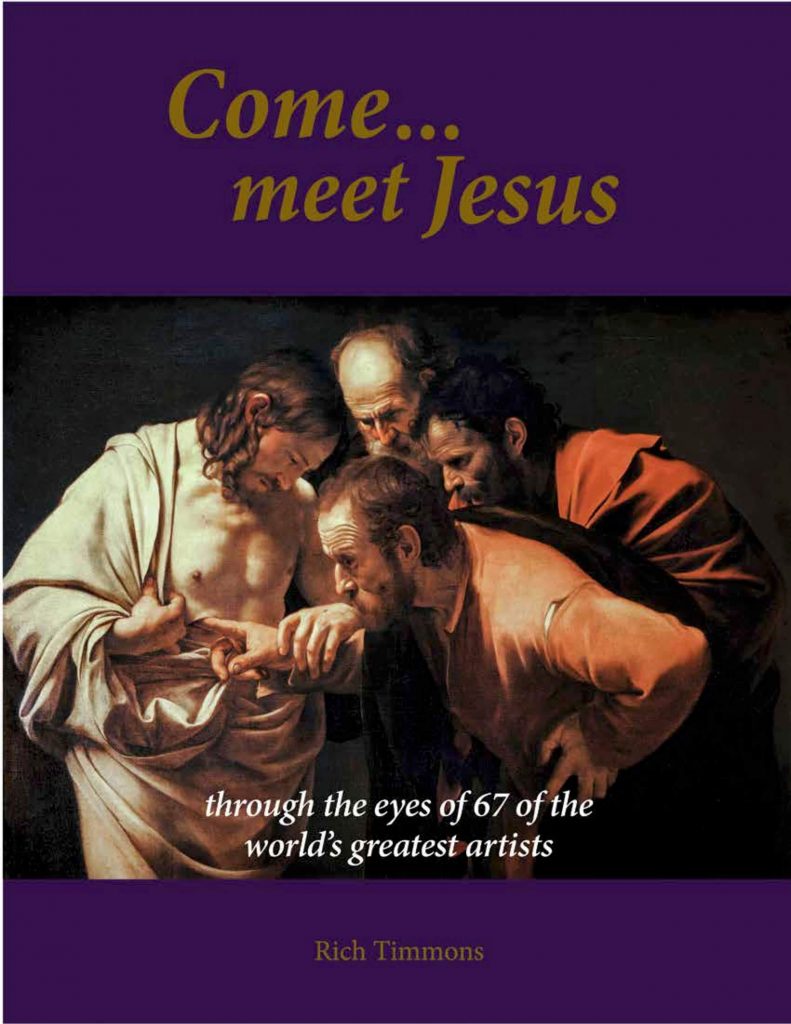I will put hostility between you and the woman, and between your offspring and her offspring.
He will bruise your head, and you will bruise his heel. Genesis 3:15
“…he never handled a brush without fervent prayer…” So says William Michael Rosetti about Fra Angelico, one of the most famous Italian artists of the early Renaissance and apparently a friar of great integrity and devotion. And indeed, this painting feels so careful and rich with theology it really does look like he prayed over every detail. The initial focus is on Mary, dressed in her typical blue, rich and deep, mirrored in the vaulted ceiling which is reminiscent of the types of church spaces these altarpieces were made for. She is framed by one arch and the angel Gabriel is framed by another. She is humble and submissive, decorated with the embellishments and finery usually added to her image in Medieval/Renaissance portrayals. But the real focus of this altarpiece is not on honoring Mary, as many are, but on the work of the triune God to bring salvation to his children!
A beam of light carrying a dove, the Holy Spirit from the hands of the Father, cuts diagonally across the image through space and time to plant the Son in Mary’s womb. Fra Angelico shows us the reason for the annunciation…sin. Adam and Eve are on the right-hand side of the painting being driven out of the garden and out of unity with God, by an angel. They are clothed in the animal skin-clothes God made for them to cover their nakedness and the leaves they tried to cover themselves with. Fruit lies at their feet, speaking of the nature of their rebellion. And they are weeping. God had sent them away and they and the whole world are now cursed. But God also promised them that Eve’s offspring would crush the serpent. And that is why Jesus came. He is the snake-crusher promised all those years ago! The open book on Mary’s lap symbolizes the fact that what is taking place in her life is a fulfillment of scripture. The plants in the garden, palm for the triumphal entry, red roses for Christ’s shed blood, hint at how salvation would be accomplished.
The way the space is painted is remarkably unified for a painting of this time. Perspective, a new innovation at that time, is utilized and there is something so clean and clear about the colors. Each shade is as carefully considered as each leaf or fold of cloth is as carefully shaped. But what does the most to unify the composition is the light. The lighting is consistent throughout both stories represented (right to left), floods the room where Mary sits, and emanates from God himself. As Fra Angelico unifies space visually with the God of light, so he shows the unity of scripture… it is not a series of small stories or random events, it is one great story of salvation.
Art found in Museo Del Prado, Madrid, Spain
Want to see more? Like, follow & share… https://www.facebook.com/comemeetjesus.art
Shop coffee table books at https://www.comemeetjesus.art


